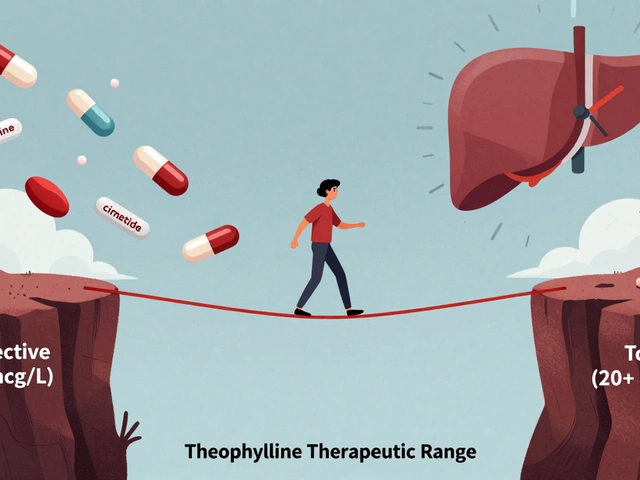Cough Medicine: What It Is and How It Helps
When dealing with a stubborn cough, the first thing most people reach for is cough medicine, a medication designed to relieve coughing by targeting the underlying cause or soothing the throat. Also known as a cough suppressant, it can come in liquid, tablet, or lozenge form and is often combined with other ingredients to tackle extra symptoms.
One major class you’ll see listed on any label is the antitussive, a drug that dampens the cough reflex in the brain. Common examples include dextromethorphan and codeine. Antitussives are especially useful when coughing keeps you up at night or when the tickle isn’t linked to mucus buildup.
Another key player is the expectorant, an agent that thins mucus so your body can clear it more easily. Guaifenesin is the go‑to expectorant in many over‑the‑counter syrups and tablets. When you pair an expectorant with a good fluid intake, you help your lungs clear congestion faster.
Often, manufacturers add a decongestant, a compound that shrinks swollen blood vessels in nasal passages, reducing stuffiness such as pseudoephedrine or phenylephrine. This combo is popular in cold‑and‑flu blends because a blocked nose can trigger a dry, irritating cough.
Besides the active ingredients, the cough syrup, a liquid formulation that often includes sweeteners and flavorings to mask bitterness, matters for kids and anyone who dislikes pills. Syrups allow for precise dosing using a measuring spoon or cup, and the viscous texture can coat the throat, offering a soothing feel.
Choosing the right product means matching the symptom pattern to the ingredient profile. If you have a dry, hacking cough, an antitussive‑only formula usually does the trick. For a wet cough that produces phlegm, look for an expectorant or a combo that includes both expectorant and antitussive. When nasal congestion accompanies the cough, a decongestant adds relief and may reduce the cough reflex indirectly.
Safety is another piece of the puzzle. Many antitussives interact with certain antidepressants or cause drowsiness, so checking the label for warnings is crucial. Decongestants can raise blood pressure, making them unsuitable for people with hypertension. And for children under four, most cough medicines are not recommended because of the risk of serious side effects.
Knowing how each component works helps you avoid unnecessary duplication. For instance, buying a separate decongestant pill when your combo syrup already contains one wastes money and may increase side‑effect risk. Likewise, stacking multiple antitussives can press the nervous system too hard.
In everyday practice, pharmacists often suggest starting with the simplest option that targets your main complaint. They’ll ask whether your cough is dry or productive, how long it’s lasted, and if you have any other health conditions. This brief assessment guides the selection of a single‑ingredient product or a multi‑symptom blend.
Below you’ll find a curated collection of articles that dive deeper into specific cough‑related topics—comparisons of popular antitussives, guidance on buying cheap generic syrups online, safety tips for kids, and more. Whether you’re looking for a quick fix or want to understand the science behind each ingredient, the resources here will give you clear, actionable information.
Bromhexine vs Other Expectorants: Detailed Comparison
A thorough side‑by‑side comparison of bromhexine with acetylcysteine, ambroxol, carbocisteine and guaifenesin, covering mechanisms, dosing, benefits, safety and best‑use scenarios.






